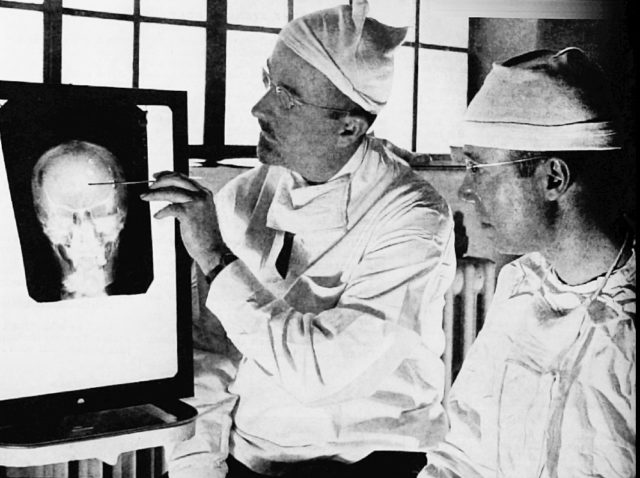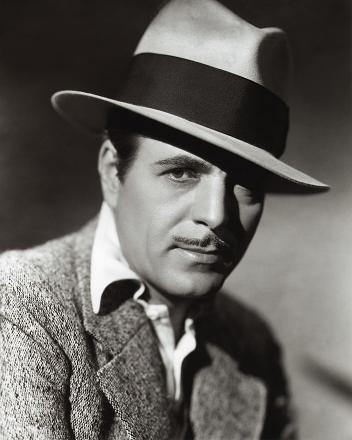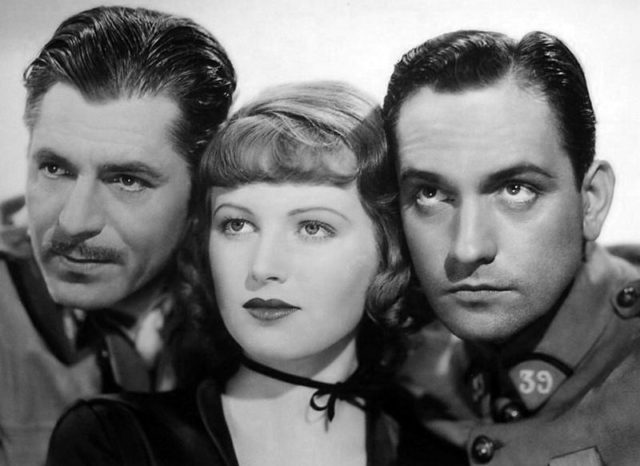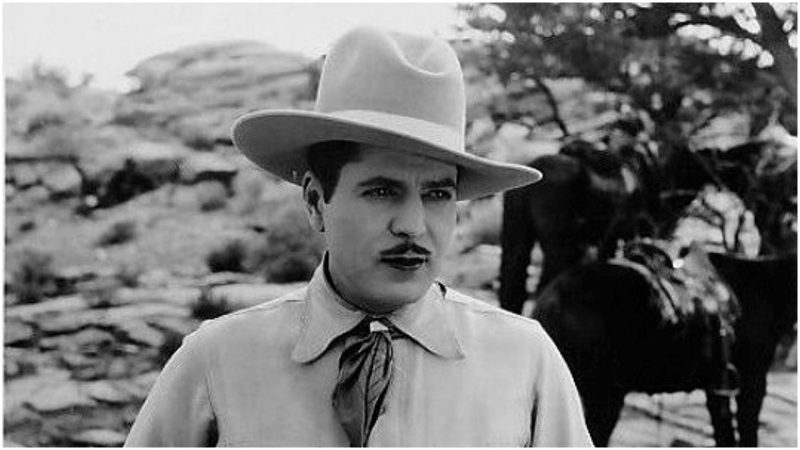A lobotomy, also known as a leukotomy, is a controversial psycho-surgical procedure that left a grim mark on 20th-century psychiatry. The procedure was introduced by a Portuguese neurologist named Antonio Egas Moniz and consisted of severing the connection in the prefrontal lobe of the brain.
In 1949, Egas Moniz received a Nobel Prize in Medicine for his achievements in psycho-surgery, but most physicians are not proud of this procedure’s fame because the lobotomy is currently seen as a brutal and dehumanizing procedure that destroyed the lives of the people subjected to it.
In the United States, the lobotomy was introduced and popularized in the late 1930s by a physician named Walter Freeman. At that time, psycho-pharmaceuticals had not yet been discovered, and Freeman postulated that lobotomy calms down aggressive psychotics, removes delusions, and instantly alleviates depression. He developed the transorbital lobotomy, which was an extremely simple procedure that didn’t require holes being drilled into the patient’s skull: he invented a needle-like instrument called an orbitoclast and used it to access the brain through eye sockets.

Transorbital lobotomy must have seemed like a good way to deal with the rising number of mentally ill patients in the U.S., and, by the late 1940s, thousands of psychotic, depressed, and hysterical people in hospitals across the country were forced to undergo the procedure.
It became so popular that it was frequently recommended as a cheap solution for various other conditions like arthritis, chronic back pain, insomnia, and even learning difficulties.

More than 20,000 lobotomies were performed in the 1950s, and many of the patients were young children who were perfectly normal. Since lobotomy is an irreversible procedure, their brains were permanently damaged and their lives ruined.
Even more frightening is that many people underwent lobotomy voluntarily, as they hoped it would relieve them of their troubles. One such person was Warner Baxter, a Hollywood actor who won the Academy Award for Best Actor for his performance in the 1928 film In Old Arizona. He was the second person in history to receive the Best Actor prize.

Baxter is remembered as one of the superstars of classical Hollywood. He rose to popularity in the silent film era, including The Great Gatsby, and then went on to portray charismatic Latin characters in Westerns. In the 1930s and early 1940s, Baxter was the highest paid actor in Hollywood. The stellar amounts of money he earned allowed him to pursue his passion for inventing gadgets: most people are unaware that Baxter was the co-inventor of the detachable searchlight for revolvers and guns that helps the shooter to see targets in the dark.

By the early 1940s, he was not as popular and in the late 1940s, Baxter’s health deteriorated as he began suffering from arthritis. He tried many different medications and various forms of physical therapy, but his chronic pain only worsened over time. In 1951, he became so desperate to find a cure for the pain, that he decided to undergo transorbital lobotomy despite his physicians telling him that the procedure could permanently damage his brain.
After he was lobotomized, Baxter stopped complaining about the pain, but he also experienced severe memory loss and crippling seizures. Furthermore, he stopped recognizing people around him and turned apathetic.
Baxter died on May 7, 1951, of pneumonia several weeks after the procedure, at the age of 62. Although the first effective psycho-pharmaceuticals were introduced in the 1950s, transorbital lobotomy remained a common practice for treating mental illnesses and various physical ailments until the 1970s. It was finally halted after it was proven that the procedure did not help but causes irreparable brain damage.
